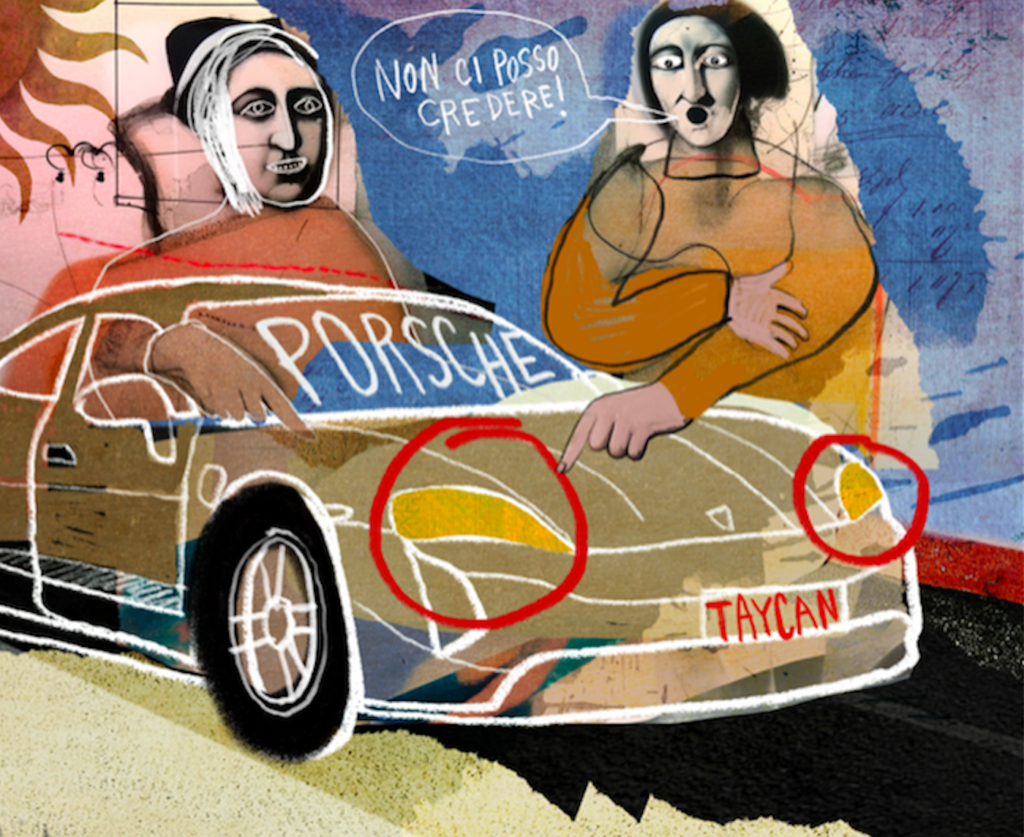The photographer Ramak Fazel (1965), born in Iran and raised in the United States, arrived in Milan in 1994. Attracted by stories that labeled it as “a challenging city to live in,” he chose the Lombard capital as his new home. He arrived at the Central Station with just one bag and immediately started working on Milan Unit. A project that concluded in 2009, when Fazel left the city to return to the States. «I had the desire to encapsulate everything that happened in Milan within a container,» Fazel tells us via Zoom, explaining how he managed to conceal this “box” all this time. Today, the work emerges from its private and inaccessible dimension to be exhibited publicly while still retaining its air of mystery. This particular aspect intrigued us during the last edition of Artissima when Viasaterna presented it in a monographic booth. A fluorescent green archive consisting of files, boxes, and folders encapsulating Ramak Fazel’s years in Milan.
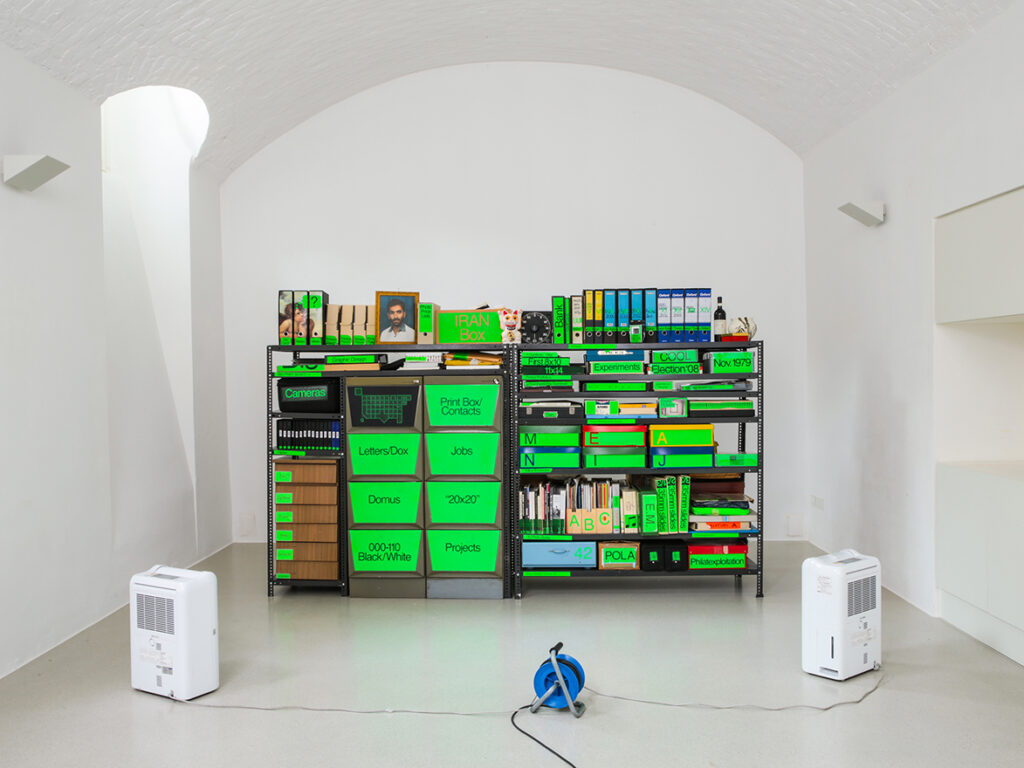

What does Milan Unit collect?
Milan Unit doesn’t aim to be autobiographical but rather seeks to document a period. «I didn’t want it to be a narrative of Ramak’s life,» the photographer explains. «Milan Unit tells the story of a specific period, bridging two eras. At the same time, it’s also a tribute to Milan, which has been very generous to me». Fazel was warmly welcomed by the city, which was experiencing an artistic experimentation phase. The photographer was absorbed into Milan’s cultural scene, frequenting the right places and circles. Among others, he developed friendships with prominent designers like Ettore Sottsass and Enzo Mari, some of whom are featured in his shots. Beyond portraits, Ramak Fazel is fascinated by street photography. The archive is packed with urban shots – on the streets, in public transportation, in bars – all strictly captured with the same methodology and cinematic lighting. In these shots, which Ramak Fazel chooses to showcase and share, there’s an evident pursuit of a unified language, where the only allowed variant is the subject.
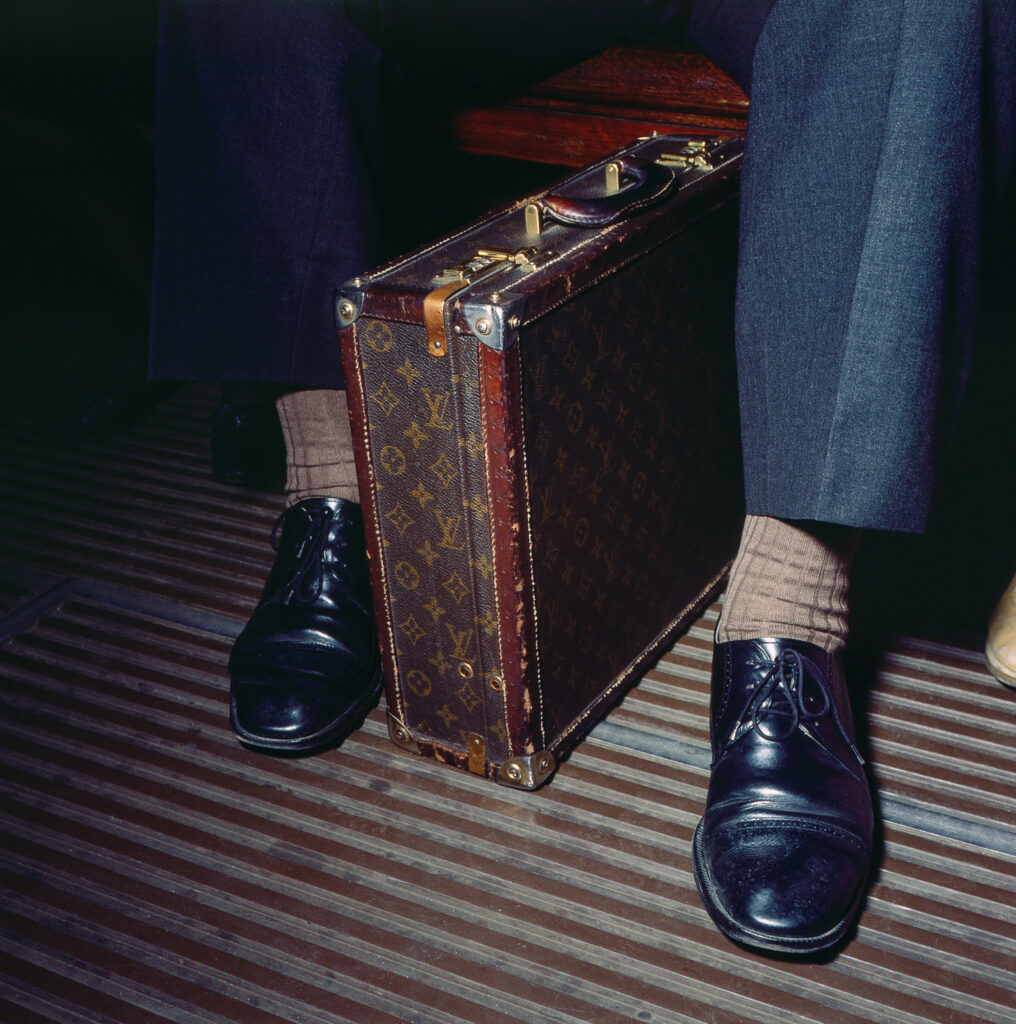

I have an engineering background, so I was quite interested in all the mechanical apparatus of photography. Using lights in the studio and then taking them outdoors was very stimulating for me. I wanted all the photos to be the same, with the same light, the same camera, and film. The only thing that varied was the subject, not the technique. This became a sort of working method during those years, which revealed itself over time and practice.
Why fluorescent green?
Milan Unit isn’t just a photo archive, «it’s a fusion of photography and life, containing various things like notes and invoices, concealed within folders and subfolders,» he explains. All compiled within a container that revealed itself over time, assembled by Ramak himself and tinted in fluorescent green. A color that adds an additional layer of mystery. «The color choice stemmed from the desire to have a hue that was hard to reproduce. Just like the hidden photos, I wanted a color that can be inaccessible».
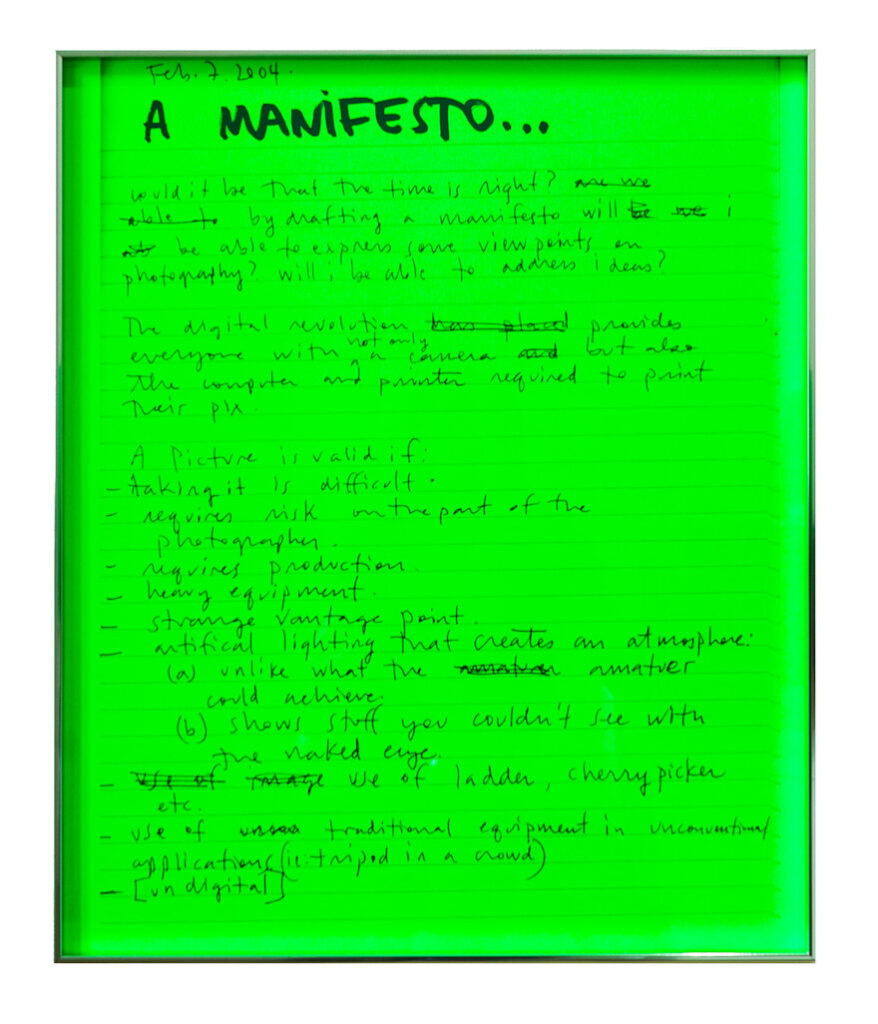

A private dimension in the age of sharing
Milan Unit has always been private. So much so that when Fazel leaves Milan, he decides to wall up the archive in his rented studio. Literally buried, Milan Unit appears to us as a shoebox collecting our most intimate memories. And, like all private things, we choose to share it only with those we want. With this concept of hiding, a nostalgic aspect emerges, unusual for our time accustomed to oversharing. Even more atypical in relation to photography, which is assumed to serve and represent something. In this sense, Ramak Fazel goes against the tide. He tells us he had to “resist” various requests to share his archive – from foundations seeking designers’ shots to friends, whom he showed the archive only physically, never online.
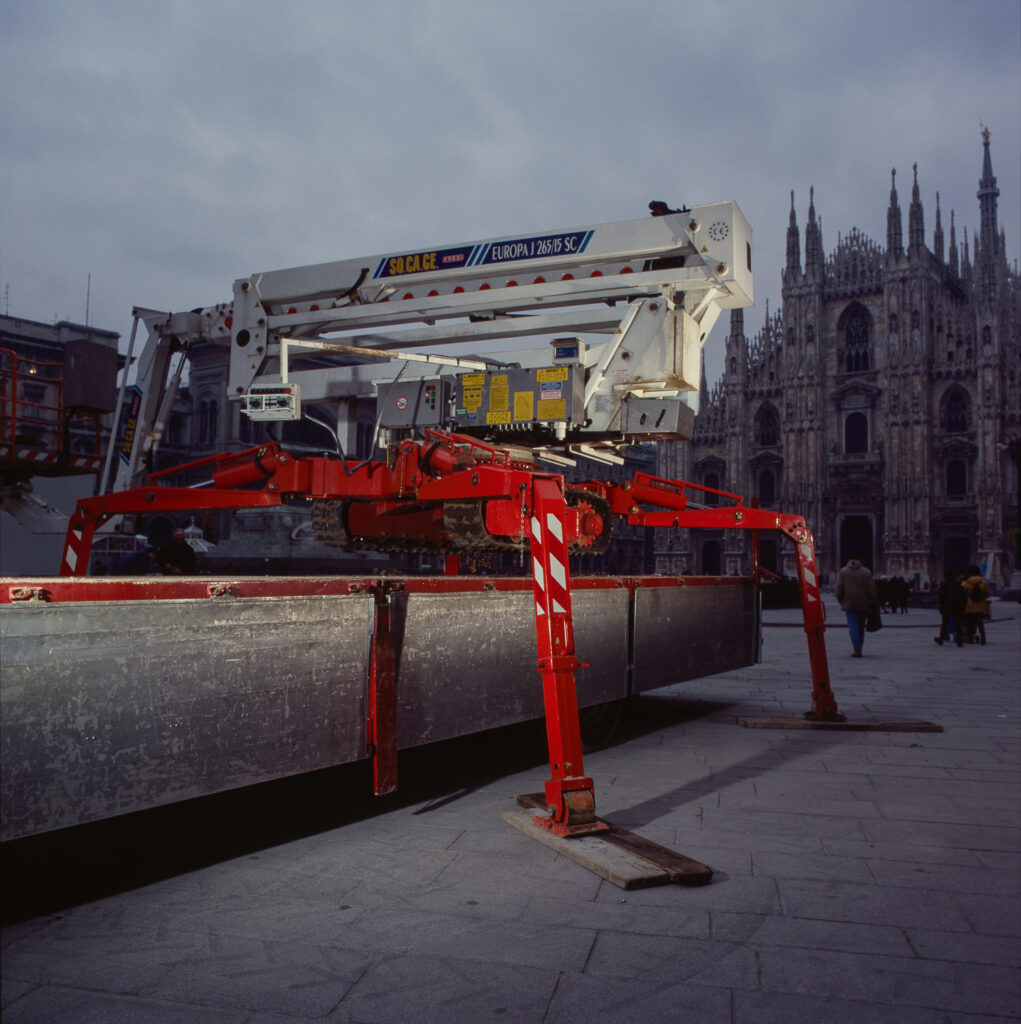

«Milan Unit might be closer to photographs in a shoebox rather than to a Getty Archive,» remarks Ramak, amused by our analogy. «The purpose of Milan Unit isn’t about sharing. It shouldn’t be a functional or digitized archive, nor easily accessible to everyone,» he continues. «It’s something you have to physically touch, look through envelopes, search among folders. You have to put in effort to explore it. It shouldn’t be something easily digitally browsed with just a click». In an era of sharing, with Milan Unit, Ramak Fazel has the ability to prompt us to consider the private and material sphere, suggesting that we take care of it. Almost creating a kind of nostalgia that urges us to “retrieve our memories from the cloud and bring them back to reality.”
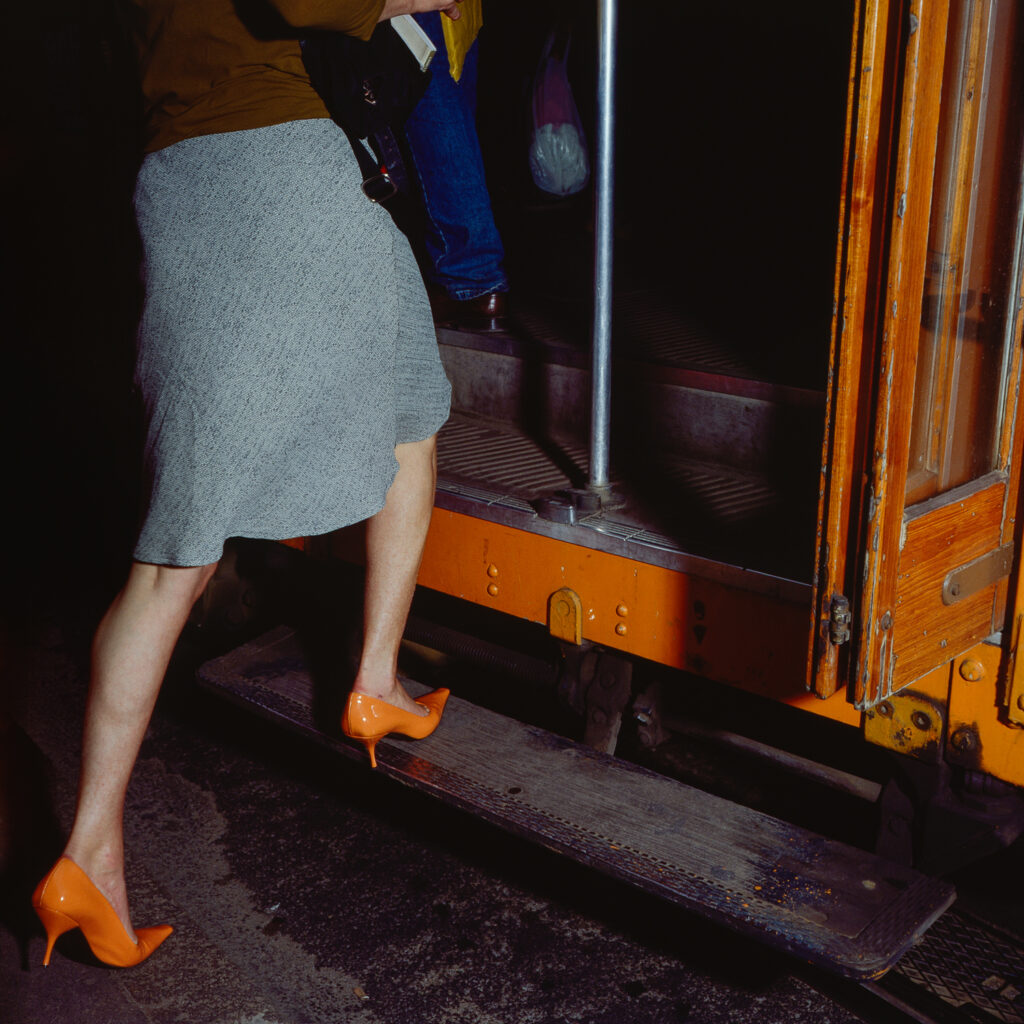



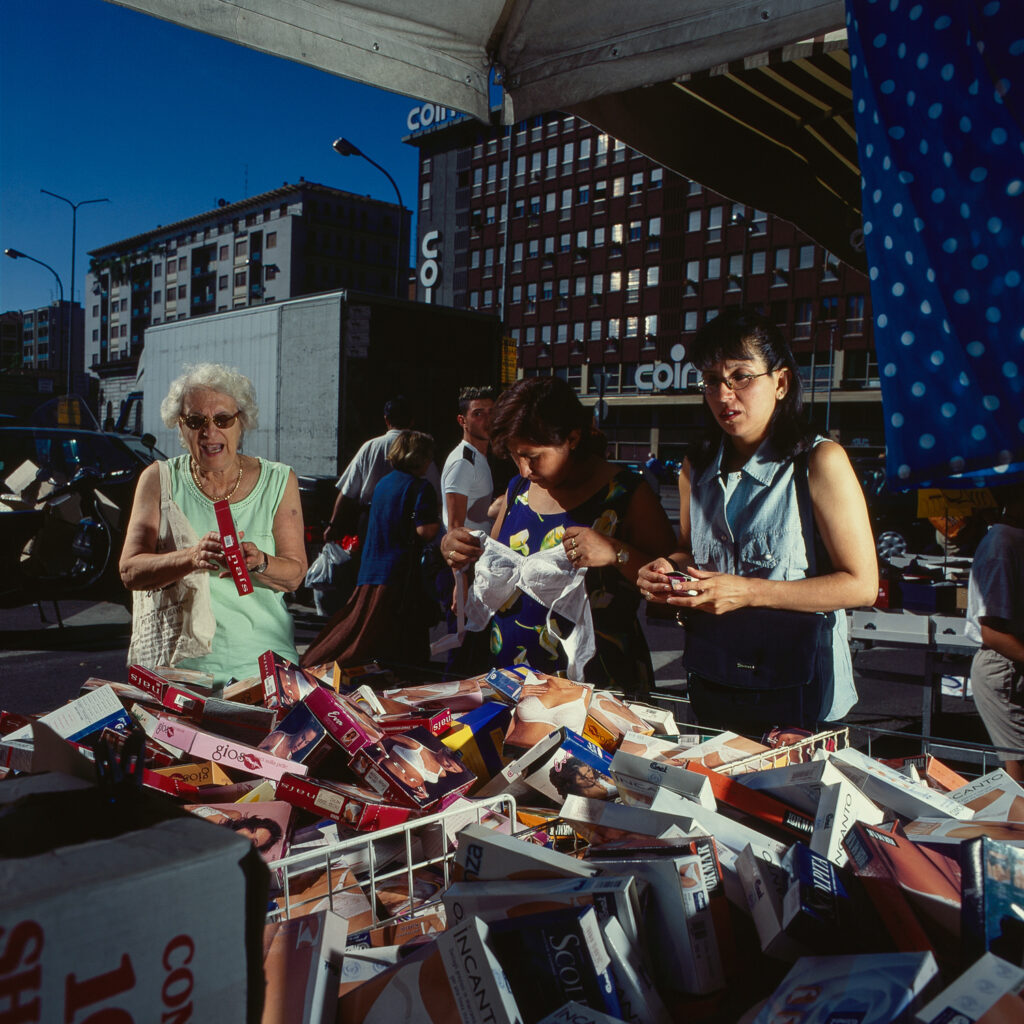

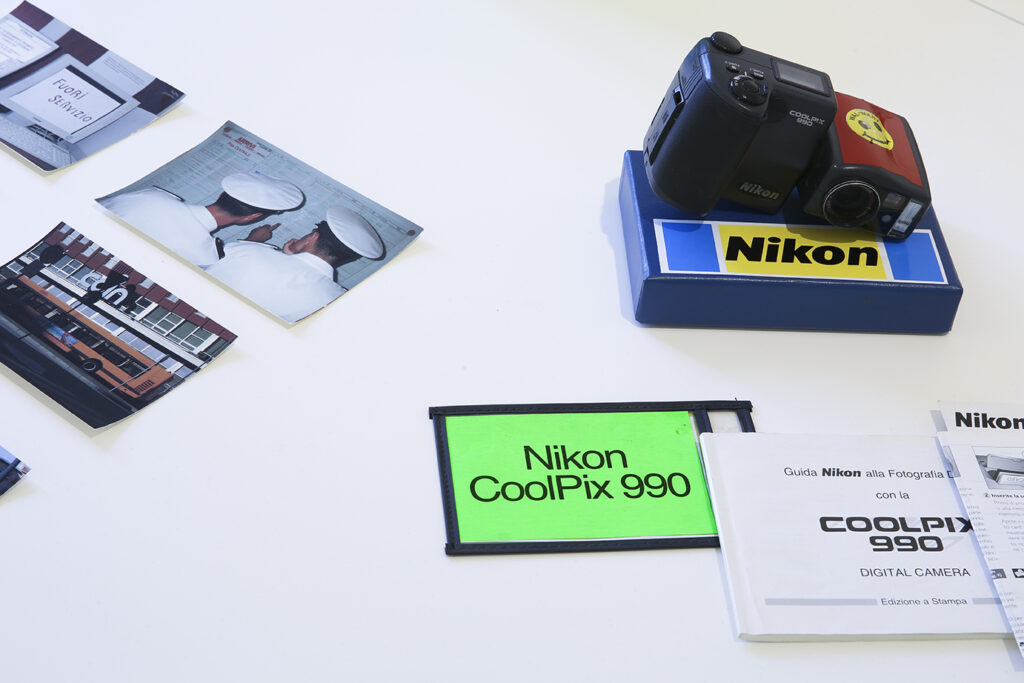

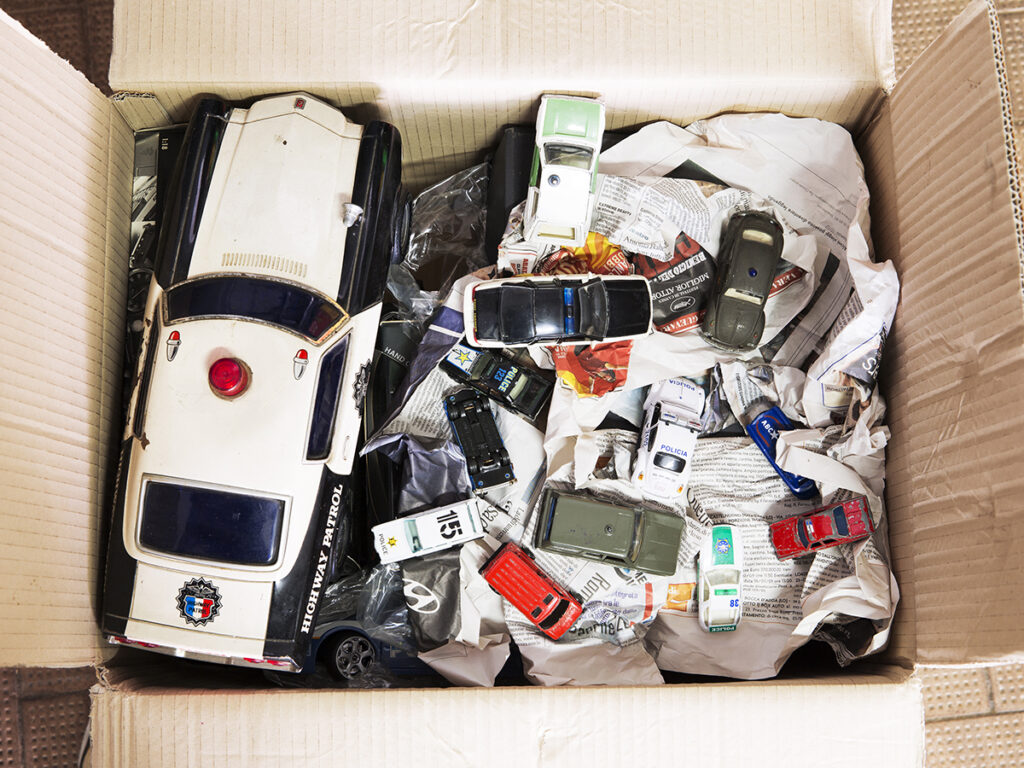



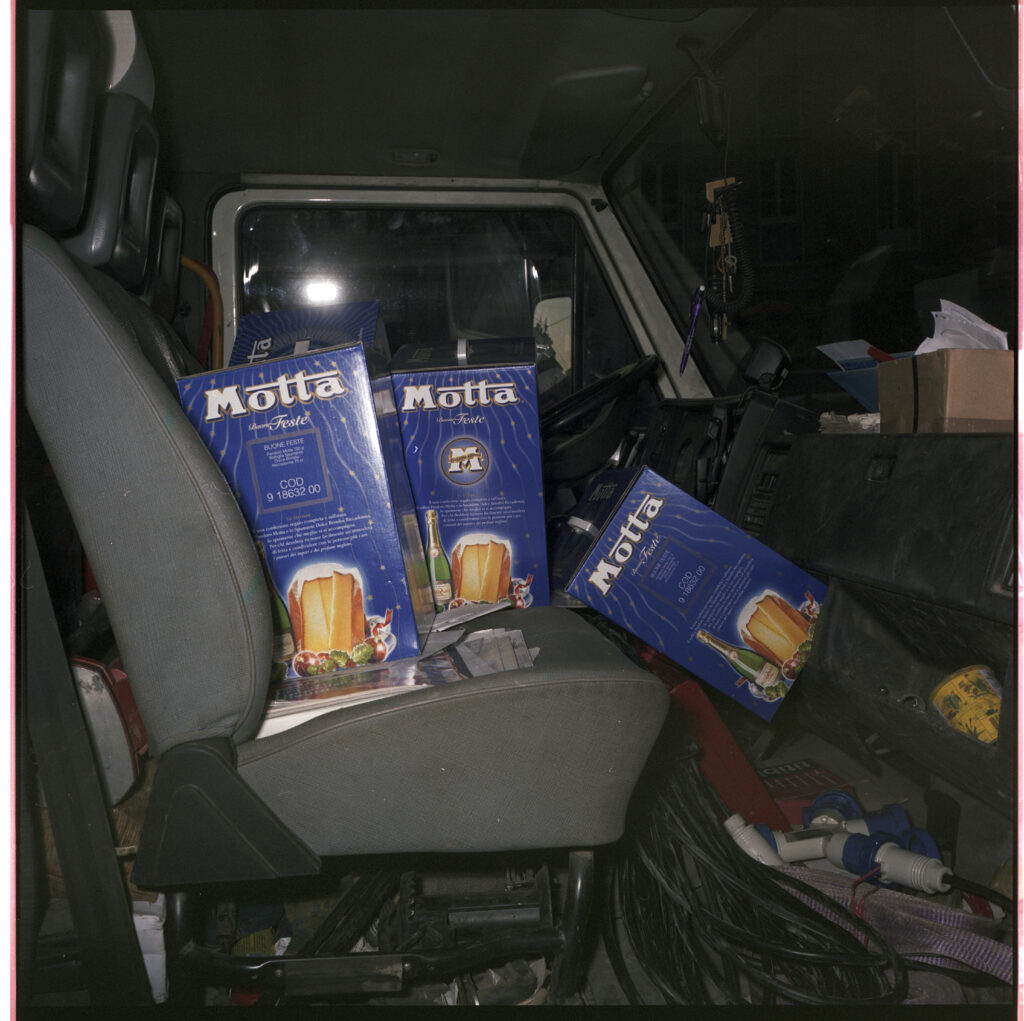



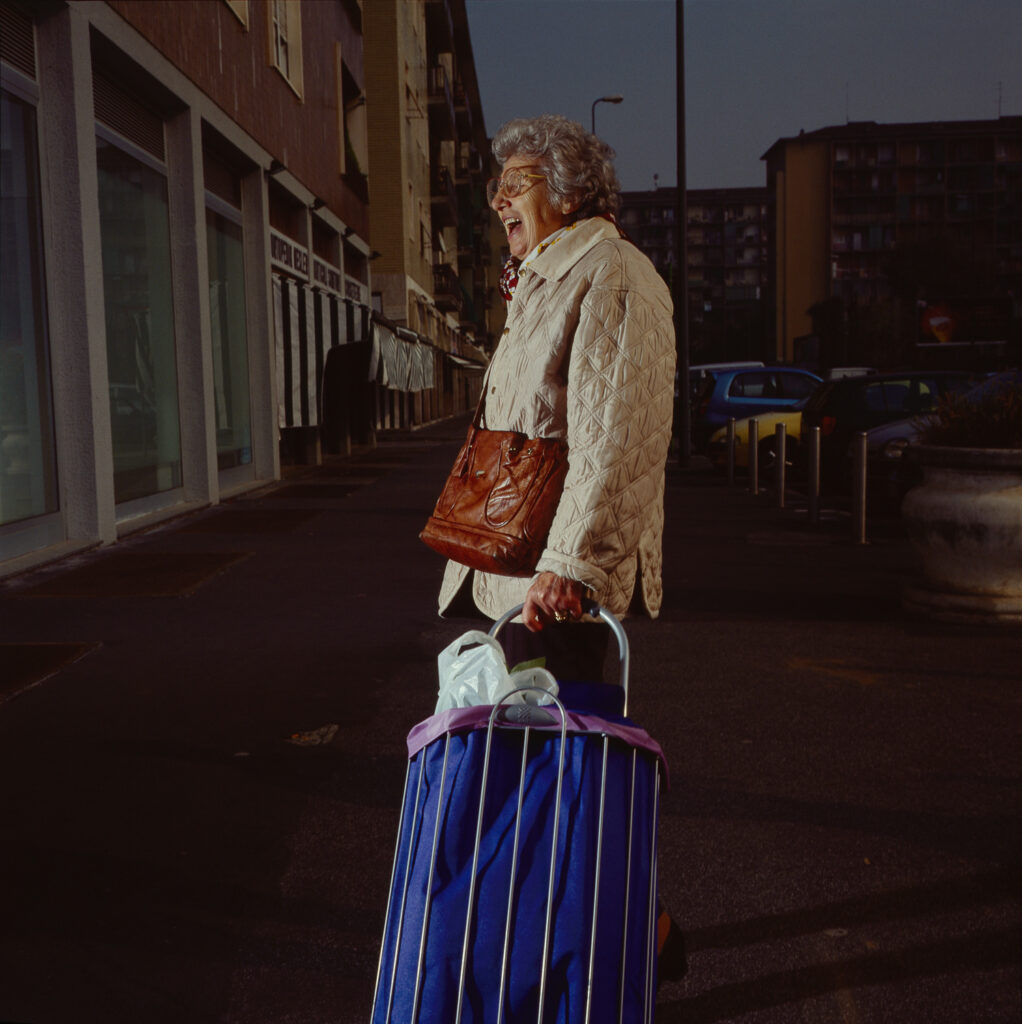

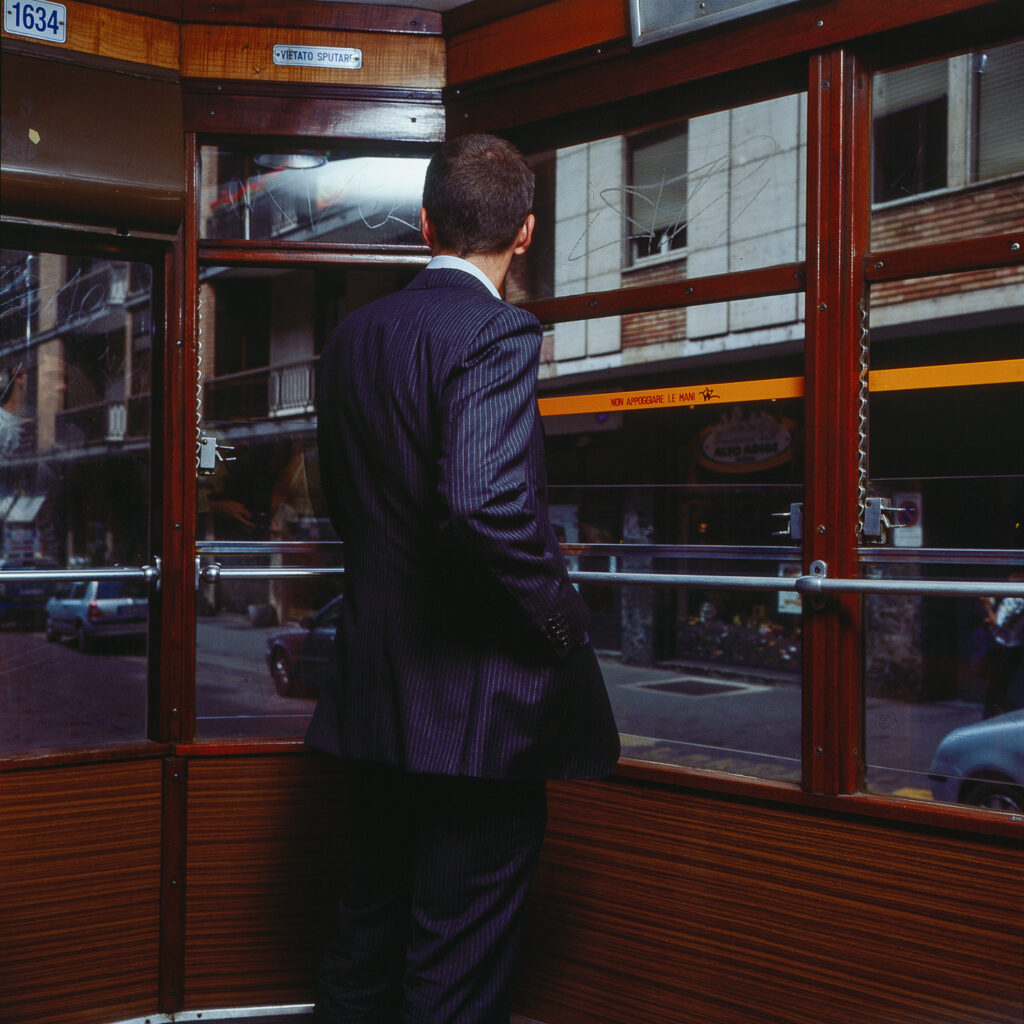

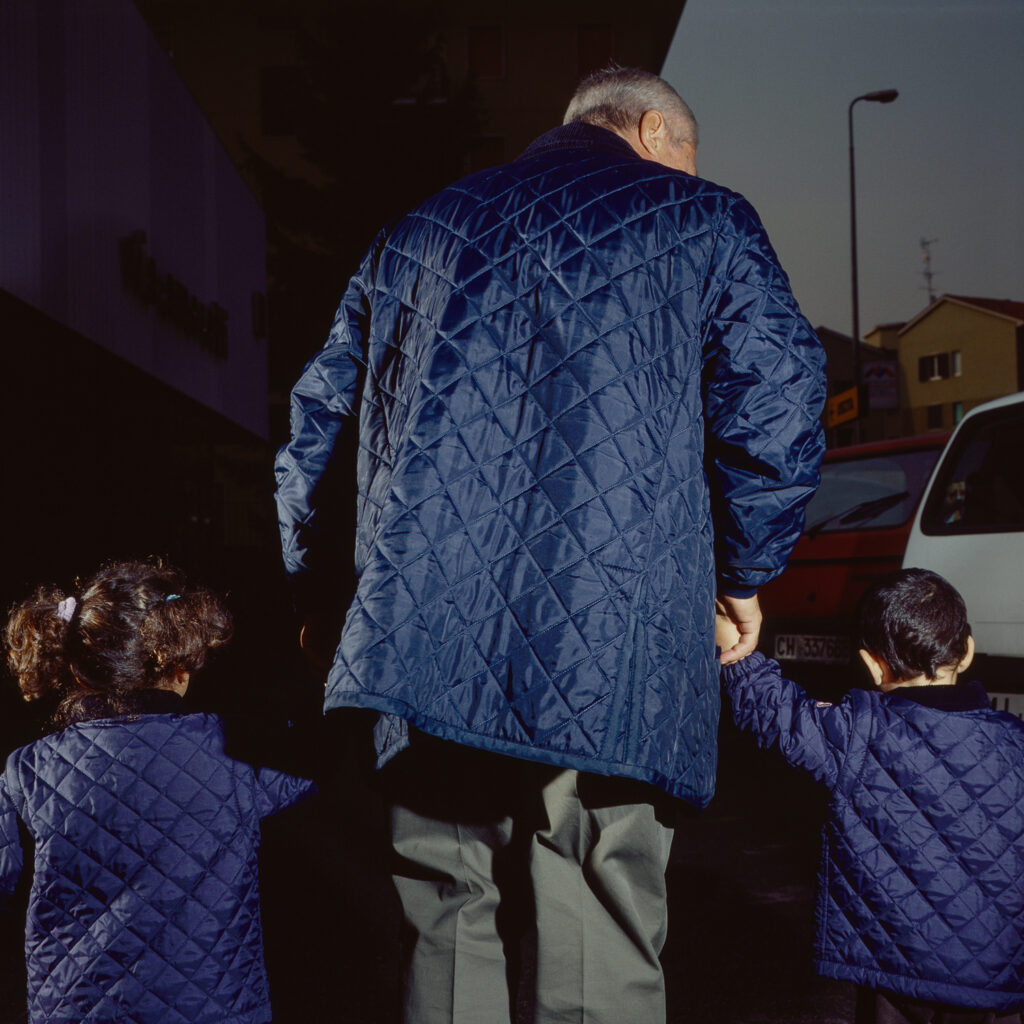

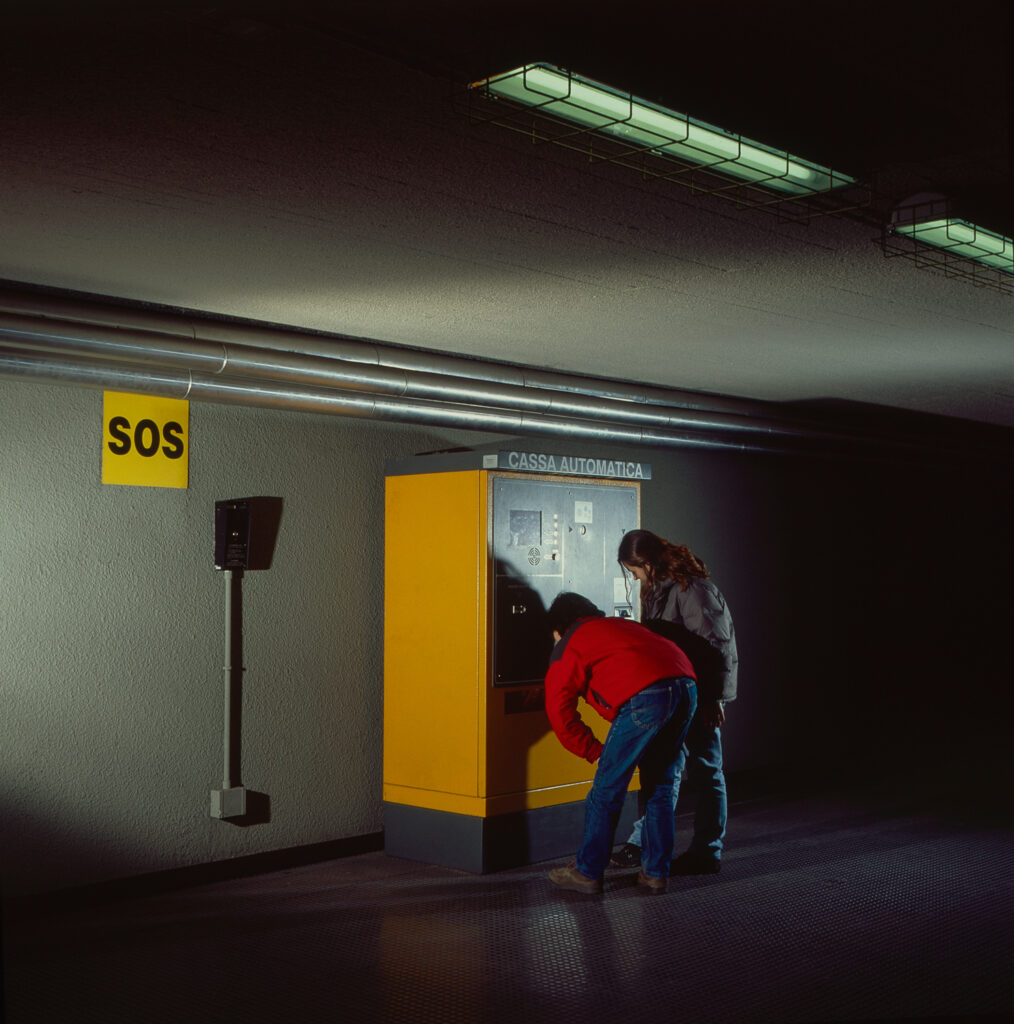

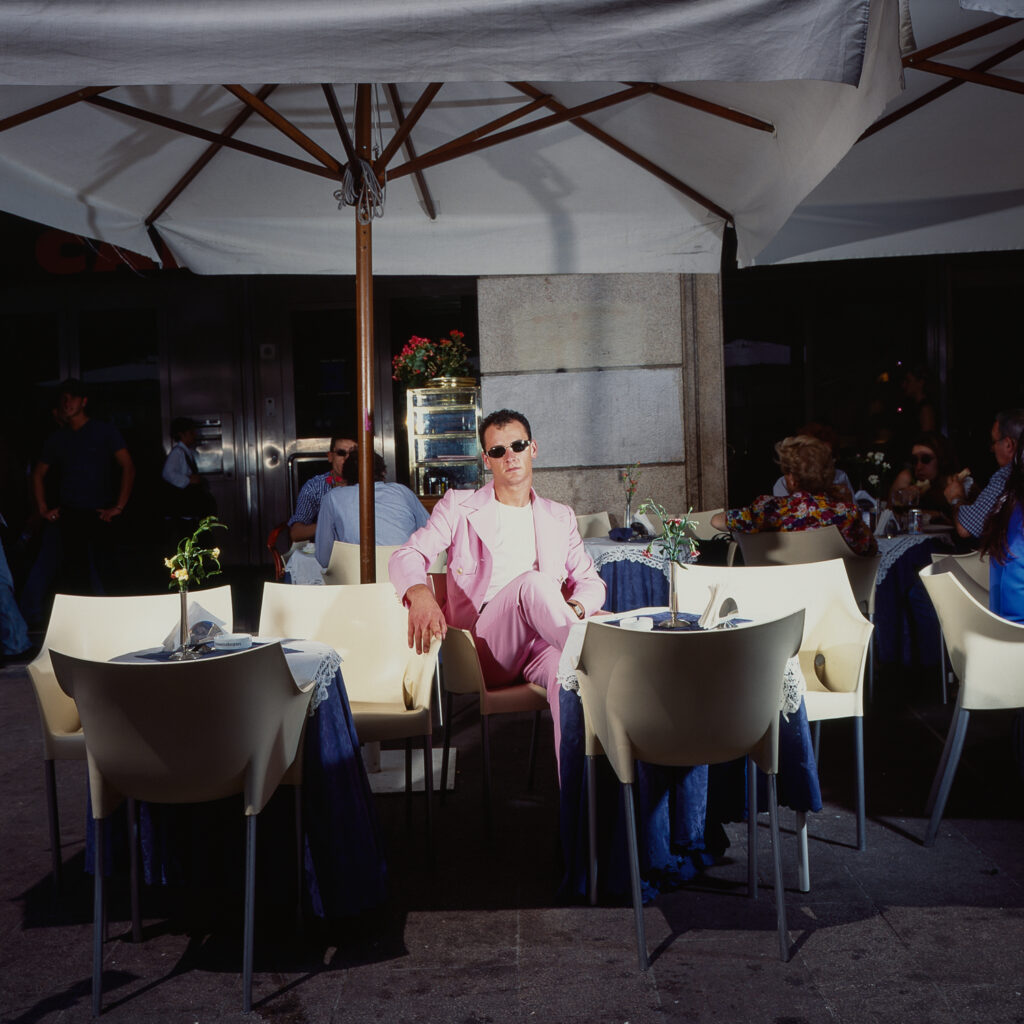

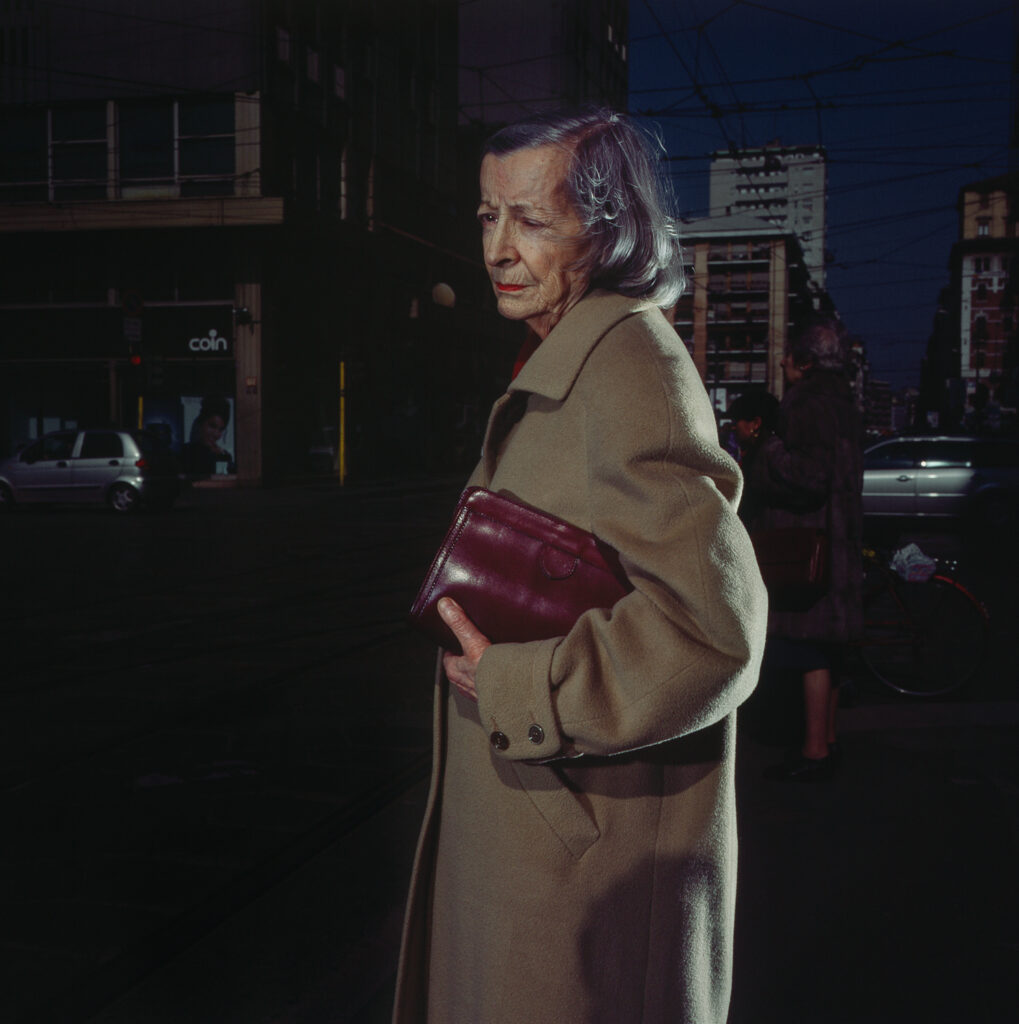

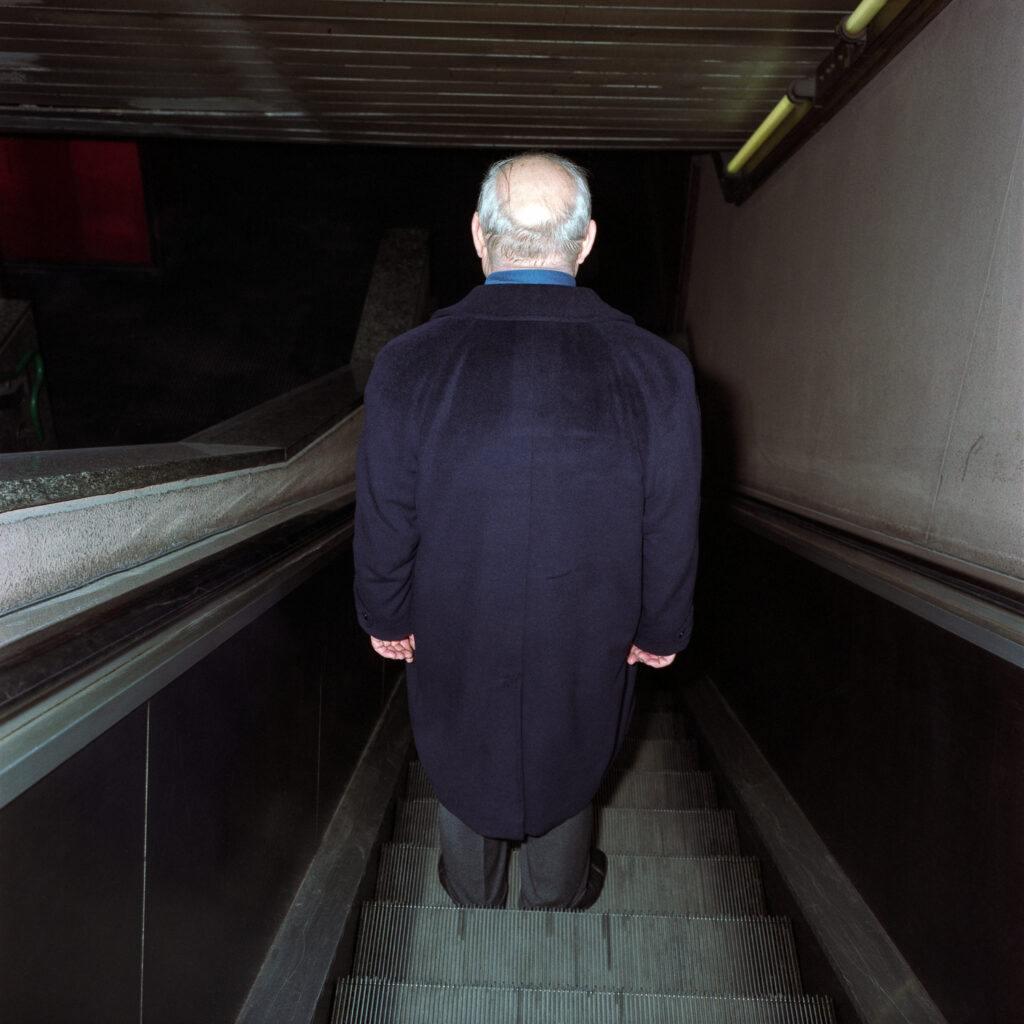

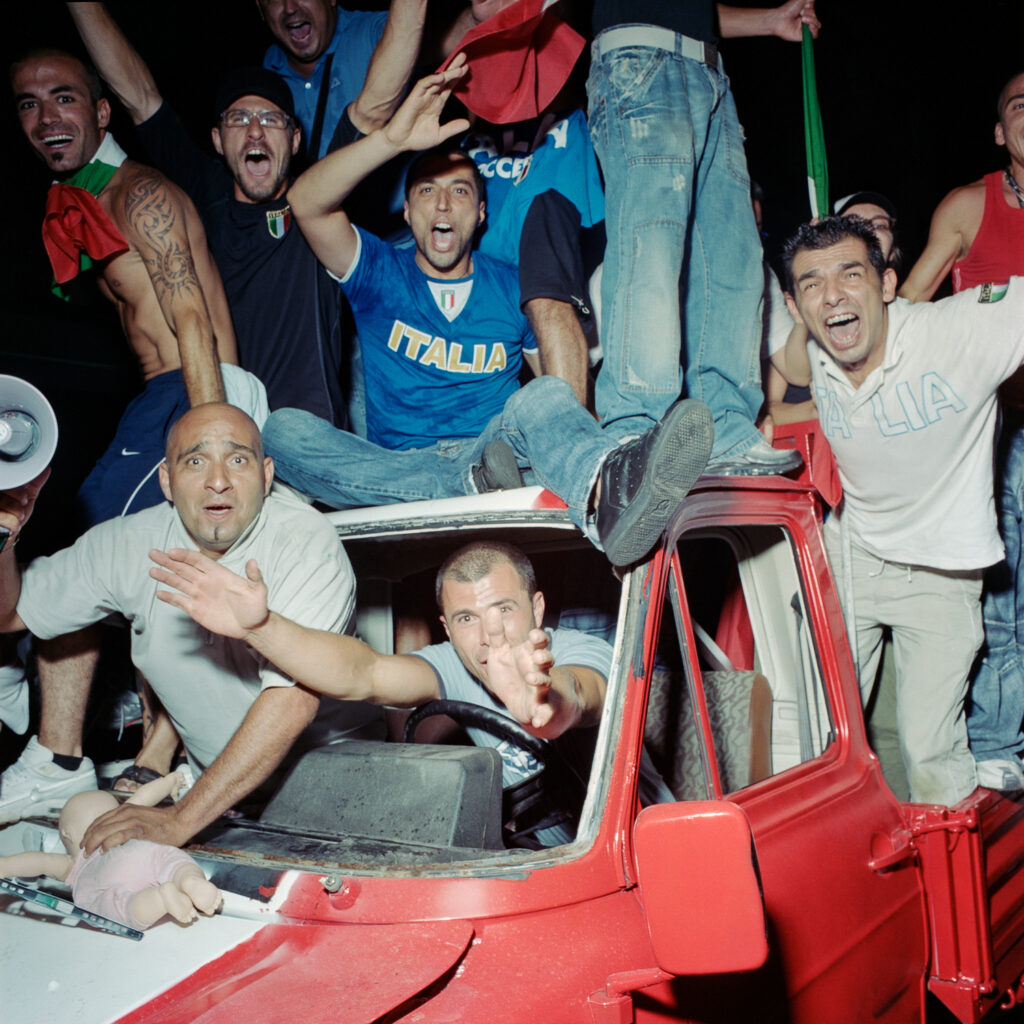

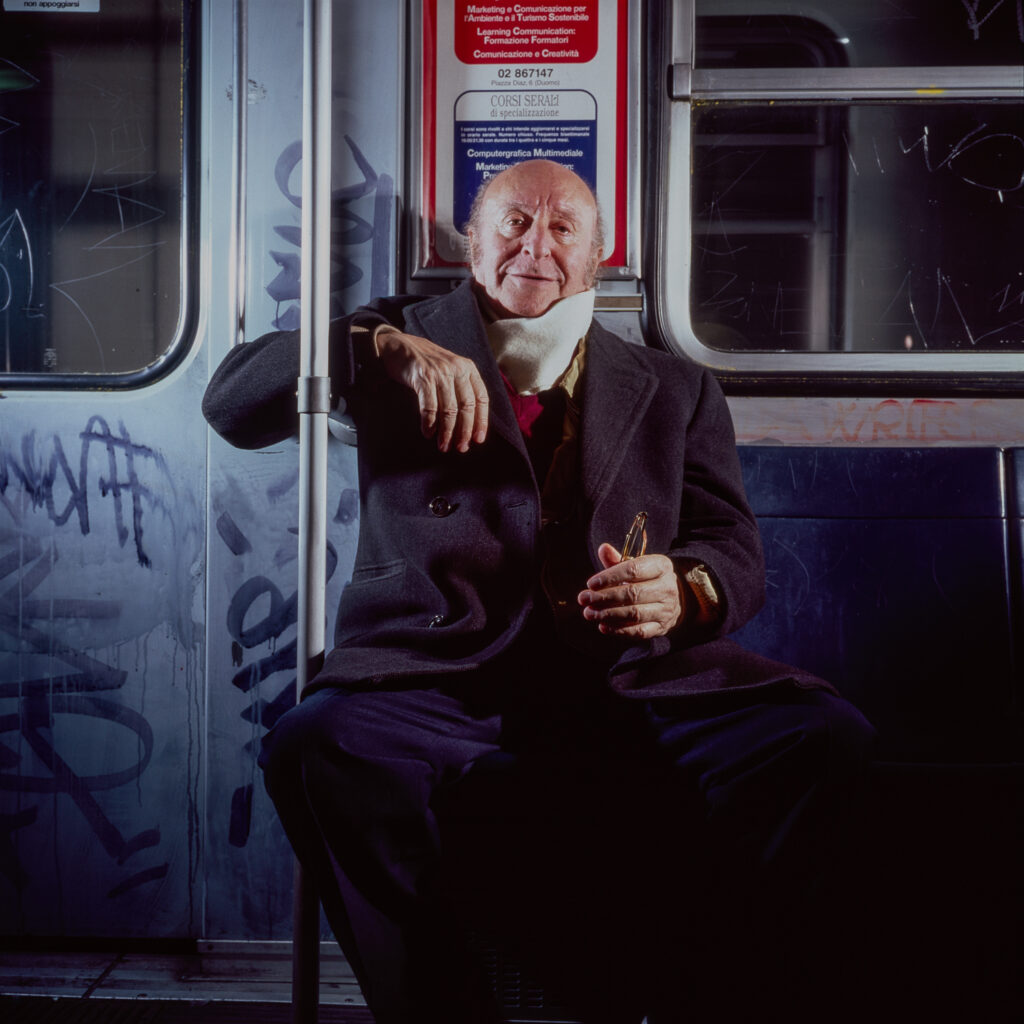

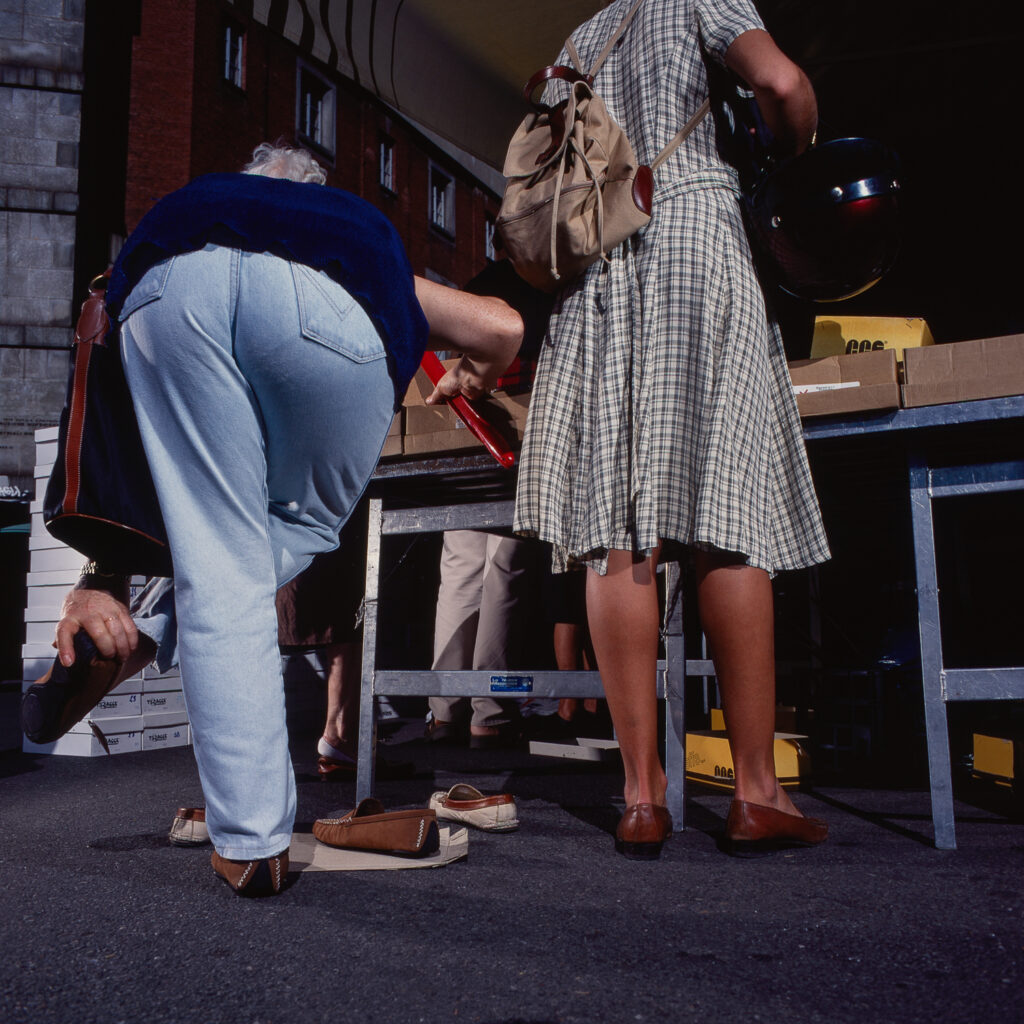

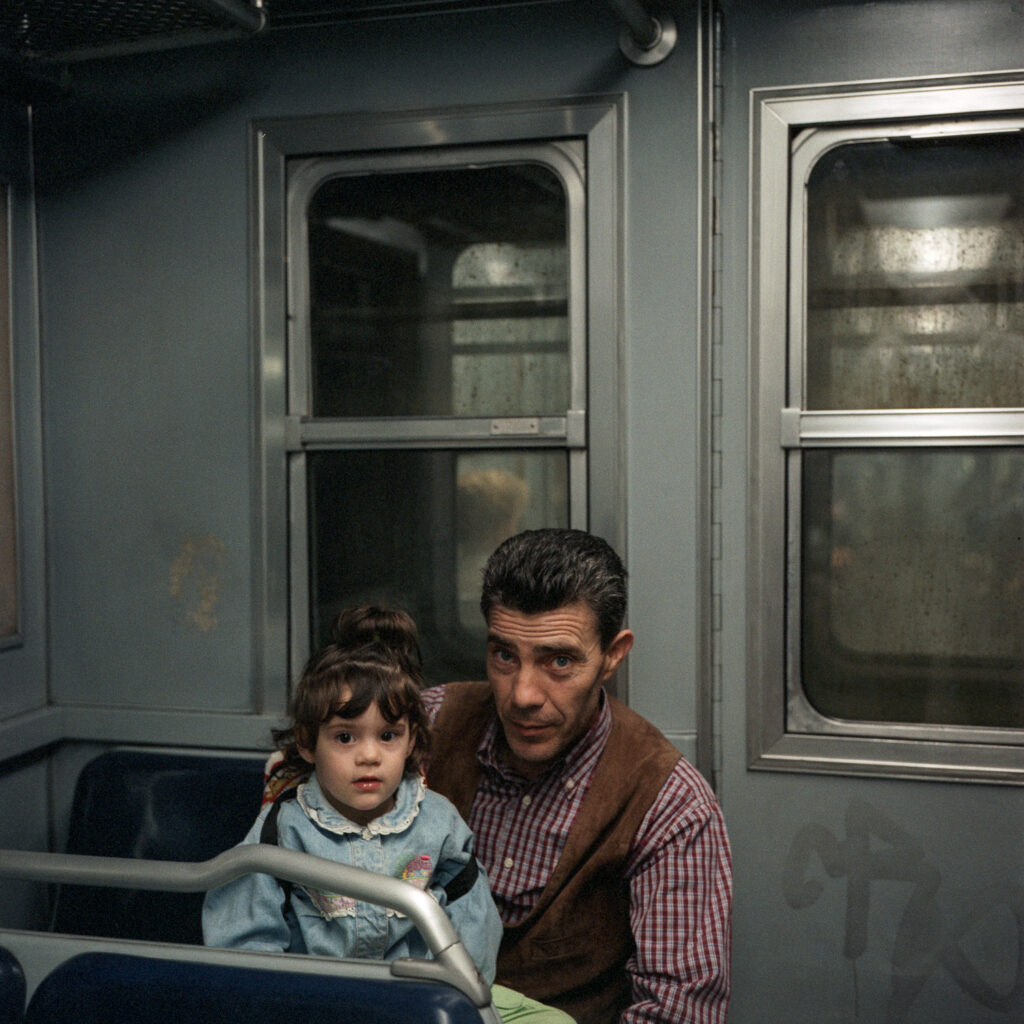

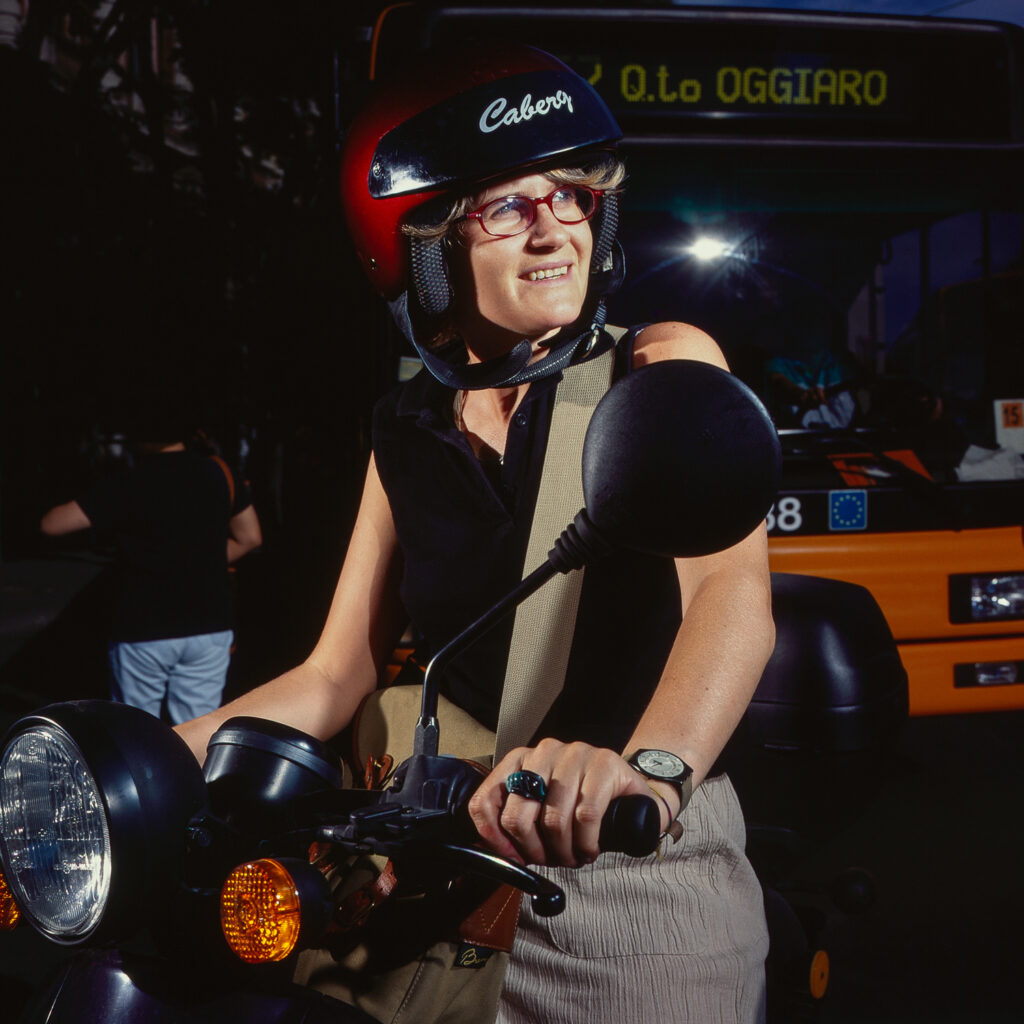

Courtesy Ramak Fazel & Viasaterna Gallery

